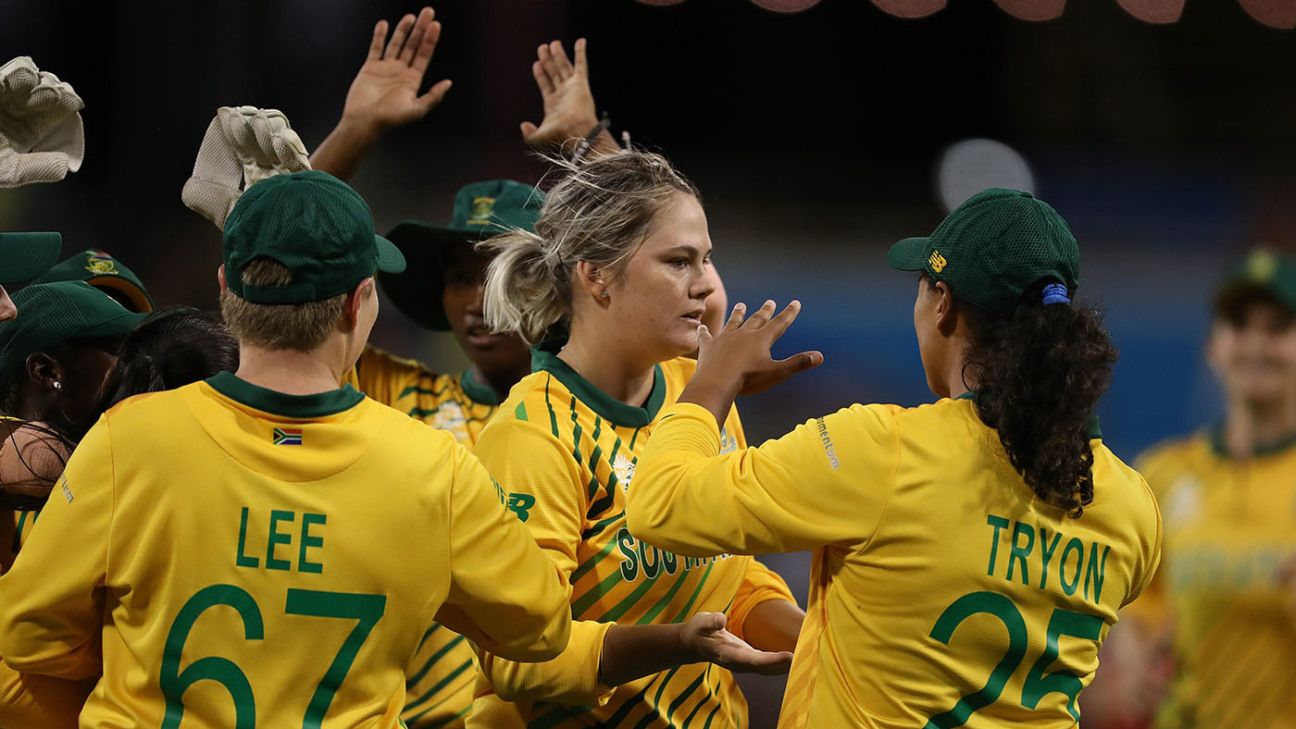What difference can 18 seconds make?
Van Niekerk will not feature at the home World Cup because she over-ran her two-kilometre time trial by 18 seconds, which was a personal best for her but not good enough for the standard South African cricket has set. They require their female players to complete the distance in 9 minutes and 30 seconds (a minute more than the male players’ requirement), and 30 seconds faster than the previous standard of 10:00, which was only a guide and not a strict criterion which could cost players their places in squads.
In winter 2022, Cricket South Africa (CSA) believed it needed fitter players to keep up with the growing demands of the game, specifically T20 cricket, and it has since been obligatory for any player who aims to be eligible for national selection to meet what is called the fitness benchmark, which covers running, strength and body composition.
That is the last thing the national women’s team need as they head into a tournament where their own management has set them a goal of reaching the final, without four senior players. Of those, at least three are absent because of the administration and two of those three because of the way the fitness standards are applied.
But Lee’s case is precisely the reason why CSA could not bend the rules for van Niekerk, even though she is the fittest she has ever been. That would have led to accusations of favouritism and inconsistent standards. Their new, rigid way of employing the fitness criteria leaves no wriggle room which, as Herschelle Gibbs put it, if “you miss it by 2 or 10 sec it’s a fail irrespective of who you are.”
Should it be this way? Dale Steyn’s counter on Twitter – that missing the two kilometre mark by “seconds, must mean I’m shit” – was delivered sarcastically but not without weight. Of course he isn’t. And neither is van Niekerk.
She is also a galvanising leader, under whom South Africa have achieved some of their best results (such as reaching the 2017 World Cup semi-final) and has taken teams at the Hundred and the WBBL to titles. She is tactically astute, reads the game well and has that big-match temperament. In other words, she’s a player you want for an occasion like a World Cup, especially one at home, where she is one of the most recognisable faces of the women’s game, and even more so because depth is a concern in the South African squad.
Ultimately, that is the reason they have set the minimum standard: to have some form of oversight into how their players are performing against what they believe are improving global standards from which they have fallen behind. At some point, all of India, England and Australia used 8:30 as a two-kilometre time trial as a benchmark for their male players, and there’s a reason for it. Elite athletes are expected to have a certain level of aerobic ability in order to ensure they have endurance and can recover quickly from maximum exertions. Meeting that criteria also shows a level of discipline. But should it be so strictly applied that a player – the captain and arguably best player no less – passes all other tests and misses just one and is out? And is that kind of testing the only or best measure of fitness?
